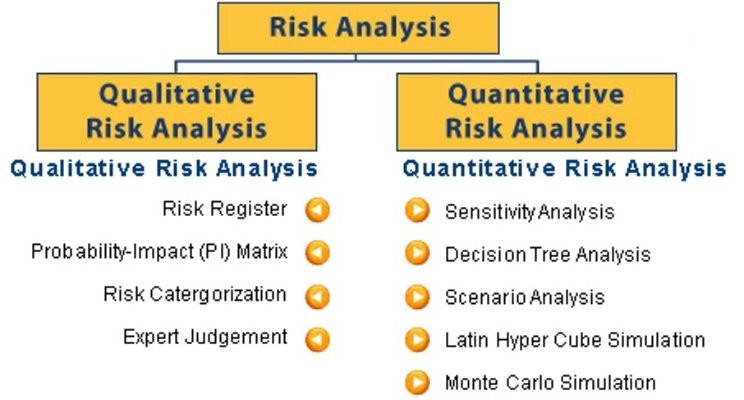In today’s interconnected digital landscape, ensuring the security of web applications is paramount. One of the fundamental pillars of web security is authentication, the process of verifying the identity of users accessing an application. With the increasing prevalence of cyber threats and the growing sophistication of attackers, implementing robust authentication mechanisms is crucial for safeguarding sensitive data and protecting user privacy. In this paper, we will explore various authentication methods used in modern web applications, focusing on their security implications and best practices.
Password-based Authentication: Password-based authentication is one of the oldest and most common methods used to authenticate users. It involves users providing a combination of a username and a password to gain access to an application. While simple to implement, password-based authentication is susceptible to various security risks, such as brute force attacks, password guessing, and password reuse. To mitigate these risks, best practices include enforcing strong password policies, implementing multi-factor authentication (MFA), and regularly educating users about password security.
Multi-factor Authentication (MFA): Multi-factor authentication (MFA) adds an extra layer of security by requiring users to provide multiple forms of identification before granting access to an application. This typically involves combining something the user knows (e.g., a password) with something they have (e.g., a one-time passcode sent to their mobile device) or something they are (e.g., biometric data like fingerprint or facial recognition). MFA significantly enhances security by reducing the likelihood of unauthorized access, even if one authentication factor is compromised.
Biometric Authentication: Biometric authentication utilizes unique biological characteristics such as fingerprints, facial features, or iris patterns to verify a user’s identity. Biometrics offer a high level of security and user convenience, as they cannot be easily replicated or stolen. However, biometric data can raise privacy concerns, and its storage and processing require robust security measures to prevent unauthorized access or misuse.
OAuth and OpenID Connect: OAuth and OpenID Connect are widely used protocols for delegated authorization and authentication, respectively. OAuth allows users to grant third-party applications limited access to their resources without sharing their credentials directly, while OpenID Connect provides a standardized way for users to authenticate across multiple websites and applications using a single set of credentials. These protocols simplify the authentication process for users and developers while maintaining security through token-based authentication and authorization.
In conclusion, authentication is a critical component of web security, and choosing the right authentication method is essential for protecting sensitive data and ensuring user trust. While password-based authentication remains prevalent, it is crucial to supplement it with additional security measures such as multi-factor authentication, biometric authentication, or OAuth/OpenID Connect, depending on the specific requirements and risk profile of the application. By implementing a layered approach to authentication and staying abreast of emerging threats and best practices, organizations can enhance the security of their web applications and mitigate the risk of unauthorized access and data breaches.









)




+The+Future+of+Technology.jpg)

